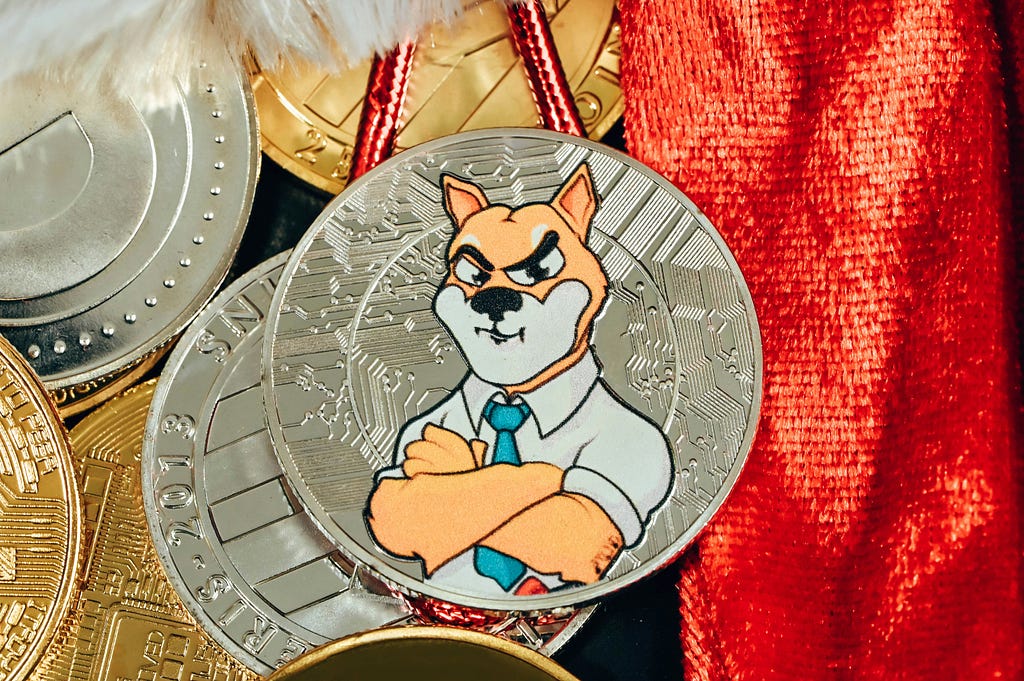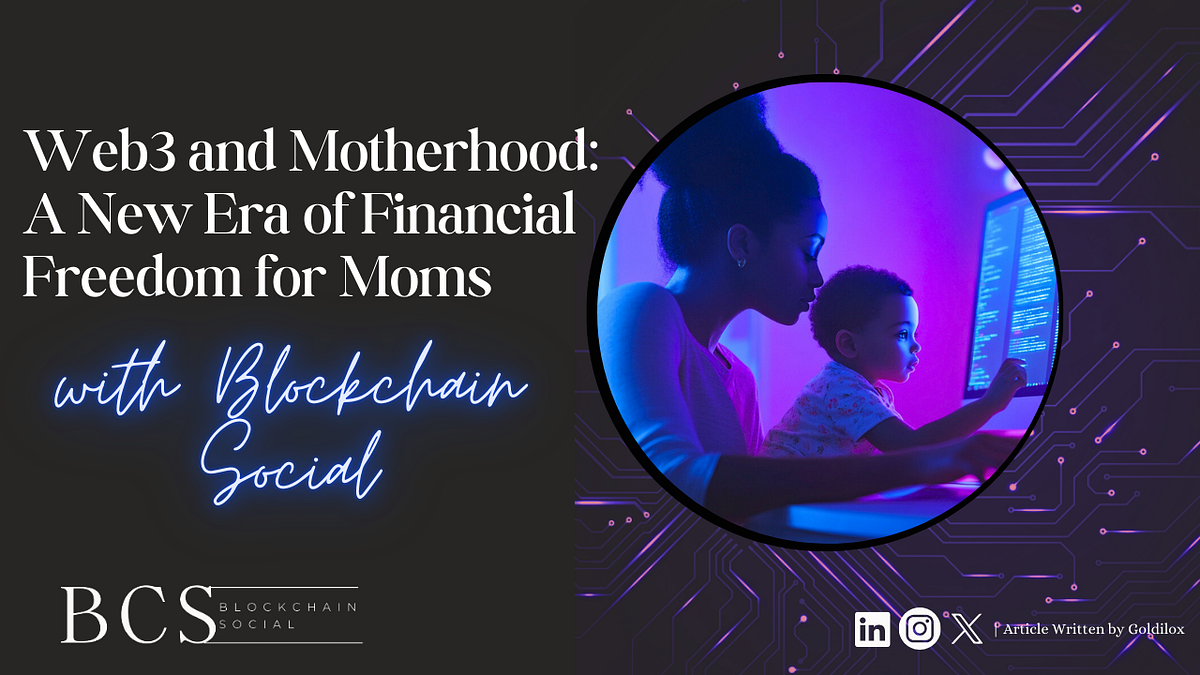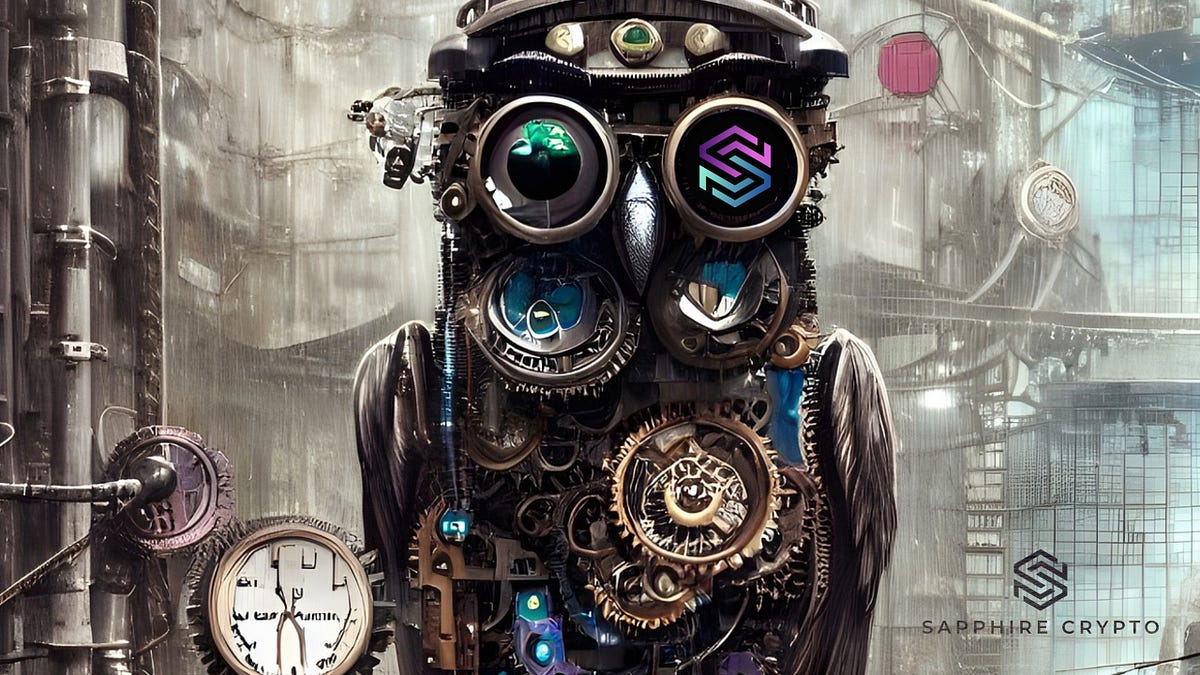 Photo by Traxer on Unsplash
Photo by Traxer on UnsplashWhen people think of crypto today, it’s hard not to picture memecoins. From Dogecoin’s dog-themed humor to the endless parade of new tokens with absurd names, these coins dominate conversations — and stir up plenty of frustration.
But why do memecoins provoke such strong emotions?
Some see them as fun, harmless experiments, while others view them as a distraction — or even a danger.
Let’s break down why memecoins spark so much anger, even among the crypto faithful.
1. Memecoins Are Seen as Pointless
Crypto started with big dreams: decentralizing finance, fighting censorship, and building open systems.Memecoins, on the other hand, are often accused of doing… well, nothing.
Most memecoins lack utility, meaning they don’t solve real-world problems or offer meaningful use cases. To critics, they feel like empty promises wrapped in viral marketing.
For a movement that began with the goal of transforming the financial world, memecoins feel like a step in the wrong direction.
2. They Fuel Reckless Speculation
One of the biggest criticisms of memecoins is the gambling culture they create.Prices often shoot up rapidly, luring people in with the promise of quick riches, only to crash just as fast.
For many, this has turned memecoins into a high-risk lottery that leaves inexperienced investors with massive losses.
The financial risks aren’t just personal — they can damage crypto’s reputation as a whole, making it seem more like a casino than a legitimate technology.3. They Steal the Spotlight from Serious Projects
Memecoins dominate attention, leaving innovative projects struggling to compete. Developers building tools for financial inclusion, privacy, or decentralized governance often find themselves overshadowed by the latest memecoin frenzy.
For builders who believe in crypto’s transformative potential, this can feel deeply frustrating.
Instead of advancing the space, the hype around memecoins seems to sideline the meaningful work happening behind the scenes.4. Scams and Rug Pulls Add to the Frustration
The memecoin craze has created fertile ground for bad actors.
Fraudsters launch new tokens, hype them up with flashy promises, and then disappear with investors’ money in what’s known as a rug pull.These scams hurt not only the victims but also the broader crypto community, eroding trust and giving skeptics more reasons to dismiss the entire industry as a joke.
5. Memecoins Reinforce Negative Stereotypes
To outsiders, crypto often appears chaotic and unserious — and memecoins don’t help. When regulators, financial institutions, or the media look at the space, they don’t see innovation. They see dog-themed coins and get-rich-quick schemes.
This perception makes it harder for crypto to gain legitimacy, integrate with traditional finance, or attract institutional investment.
Critics argue that memecoins distract from the narrative of crypto as a revolutionary technology.Are Memecoins All Bad?
Despite the criticism, memecoins aren’t entirely without merit.
They’ve brought millions of people into crypto who might never have joined otherwise.
For some, buying a memecoin feels like a low-stakes way to explore the space, and the humor and community spirit can make crypto more approachable.
But these positives don’t erase the challenges memecoins bring. The question is:
how can the crypto industry balance the fun of memecoins with its mission for meaningful change?What Needs to Change?
Here are a few ways the crypto community can address frustrations around memecoins while keeping the space inclusive:
- Promote Education: Help new investors understand the risks of memecoins and the broader potential of blockchain technology.
- Highlight Ethical Projects: Shift the spotlight to tools and systems solving real-world problems, like decentralized finance (DeFi) or privacy coins.
- Call Out Scams: Stand against rug pulls and fraudulent projects to protect trust within the community.
- Build for the Future: Keep innovating and creating technologies that align with crypto’s core ideals of decentralization and financial freedom.
The Takeaway
Memecoins reflect both the fun and frustration of the crypto world. They bring energy and humor but also invite risk, scams, and distractions.
The anger surrounding them isn’t just about the coins themselves — it’s about what they represent:
the tension between speculation and innovation.The crypto space has room for both laughter and progress, but only if we keep sight of what truly matters: creating a fair, open, and empowering financial system.
So, how do you feel about memecoins? A harmless laugh — or a harmful distraction? Let’s keep the conversation going. 😊
Why Are People So Angry About Memecoins? was originally published in The Capital on Medium, where people are continuing the conversation by highlighting and responding to this story.

 2 months ago
35
2 months ago
35









 English (US) ·
English (US) ·